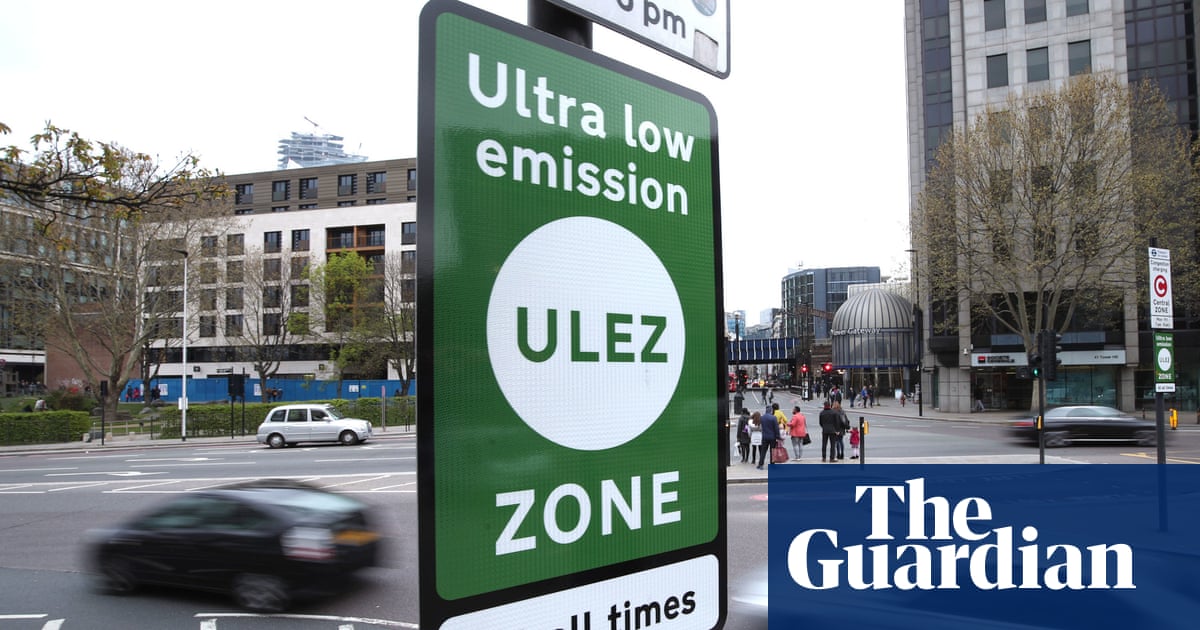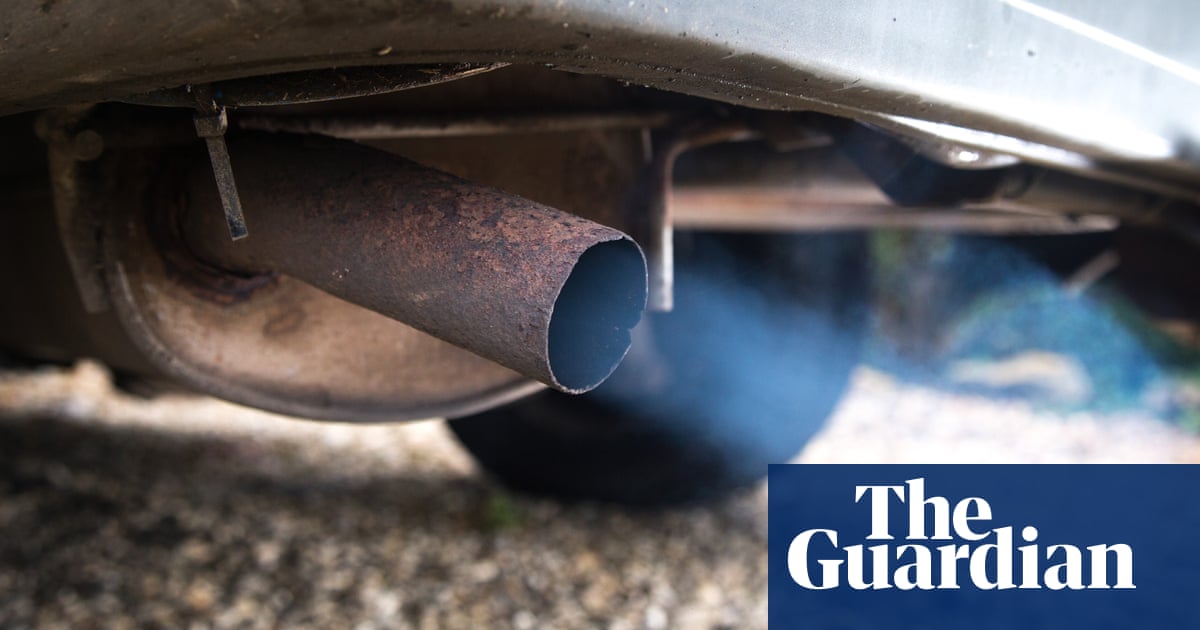
More toxic air pollution has been averted by London’s ultra-low emission zones than is produced by the capital’s airports or its river and rail transport combined, according to a new analysis of the effects of the Ulez.
The report showed that improvements in air quality between 2019 and 2022 from lowering motor vehicle pollution – even before the expansion of the Ulez throughout the capital since August – rivalled the potential savings from entirely cleaning up London’s aviation or industrial and commercial heat and power generation.
City Hall said the report, commissioned from Logika Group Air Quality Consultants using Transport for London data, showed the effectiveness of Ulez policies in tacking pollution and underlined the reasons for extending the zone to cover the whole of London, as of 29 August.
Motorists must pay £12.50 a day to drive a non-compliant car – typically a diesel more than seven years old or a petrol car more than 17 years old – in the Ulez, which covered a small central zone when launched in 2019 and was expanded to inner boroughs in 2021.
The report found that the Ulez and the pre-existing low-emission zone for HGVs reduced road traffic particulate matter (PM2.5) emissions by 180 tonnes across London over three years, a cut exceeding the particulate pollution produced by rail and river transport and agriculture combined.
Nitrogen oxides (NOx) emissions from road traffic fell by an estimated 13,500 tonnes in London in the same period – which the report says was a figure roughly equivalent to the emissions produced by planes taking off and landing at London Heathrow and City airports.
The figures are estimates and do not cover the period since the Ulez expanded throughout London. The first official data since the latest expansion showed that the number of older, more polluting vehicles in London had dropped by nearly half in a month, with an average 95% of vehicles driven in the city now compliant and not subject to a fee. Early data suggested TfL was netting £1m a day in charges and fines, although the scheme was not designed to raise revenue in the long term.
The London mayor, Sadiq Khan, said: “The decision to expand the Ulez was not something I took lightly but, when confronted by the evidence, it was clear that clean air zones like these are the most effective way to cut toxic air and meaningfully protect people’s health.
“In a few short years the Ulez has prevented tens of thousands of tonnes of toxic nitrogen oxide emissions from being released and the London-wide expansion is enabling 5 million more Londoners to breathe cleaner air.”
Khan said that non-transport sources still contributed half of the deadly emissions produced in London, and called on the government to provide the necessary funding and powers to allow the capital to tackle other sources of air pollution. Domestic and industrial gas combustion create much of the NOx pollution, while wood-burning stoves and commercial cooking are significant contributors to particulate pollution.
More detailed data on compliance and air quality improvements since the Ulez expansion to Greater London is due to be published in early 2024.
The expansion of the Ulez scheme was met with hostility in parts of Greater London, where public transport provision is poor and people on low incomes have been faced with charges potentially running into thousands a year. Enforcement cameras have been vandalised and earlier this month, the Metropolitan police arrested two men for blowing up a camera in Sidcup, south-east London.
The Greater Manchester mayor, Andy Burnham, formally announced this month that he would not be pursuing a similar clean air zone, saying investment in cleaner buses and taxis would drive down pollution “without causing hardship”.












